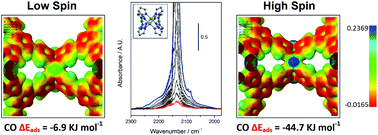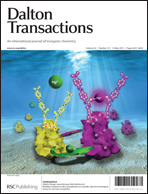Stability vs. reactivity: understanding the adsorption properties of Ni3(BTP)2 by experimental and computational methods†‡
Abstract

- This article is part of the themed collection: In Celebration of David Cole-Hamilton's Career in Chemistry

 Please wait while we load your content...
Please wait while we load your content...